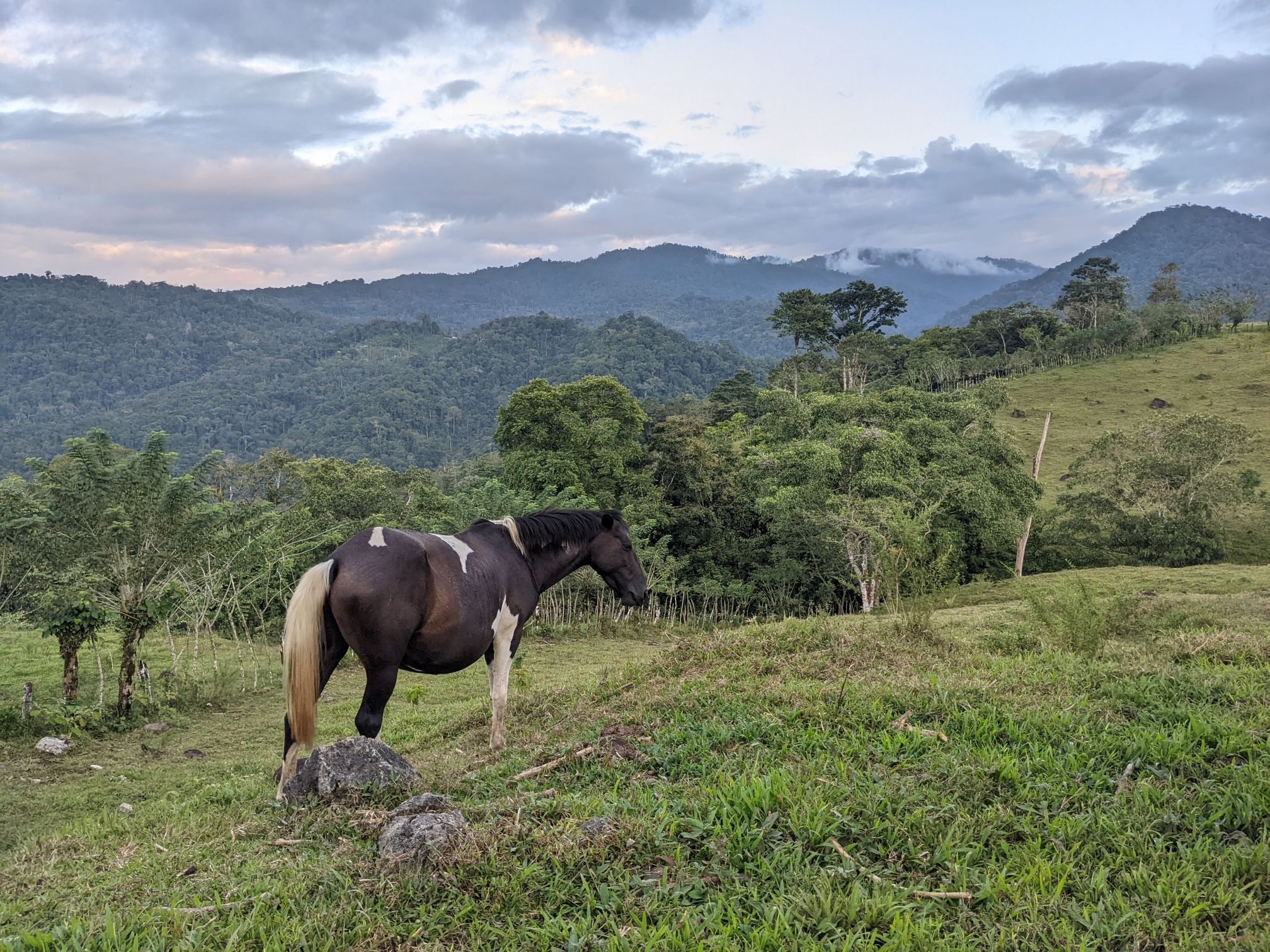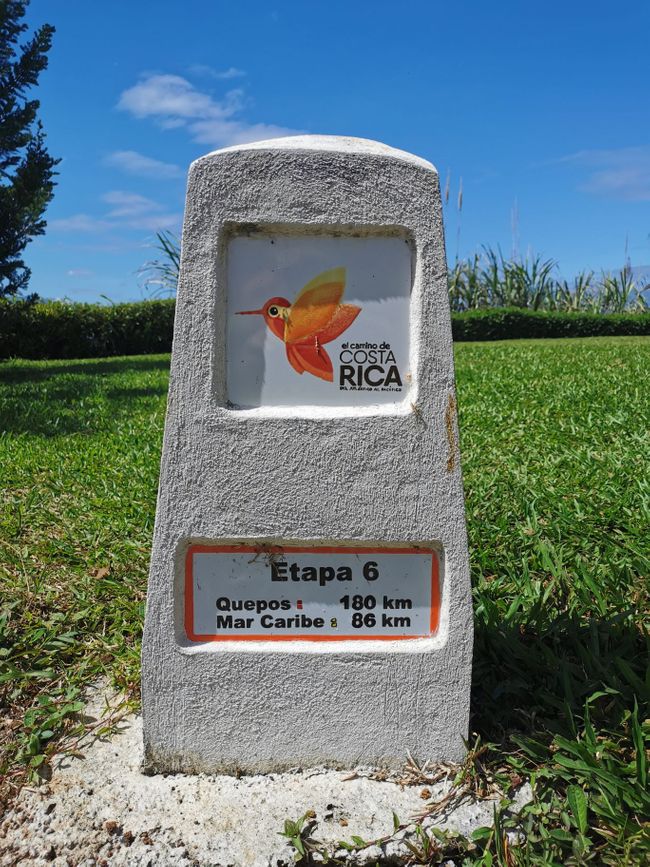Cusco - The Navel of the World
Pubblicato: 16.05.2019
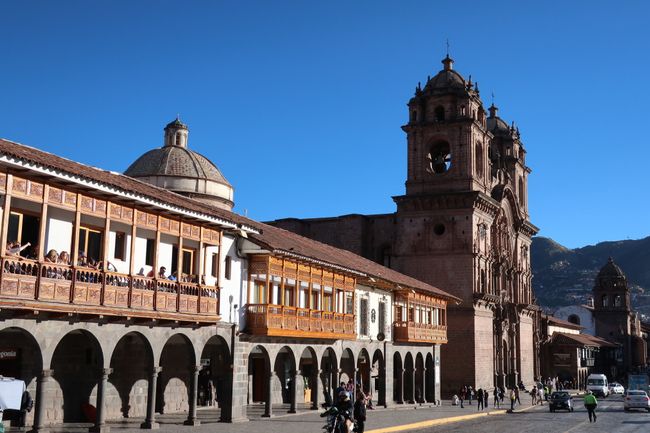
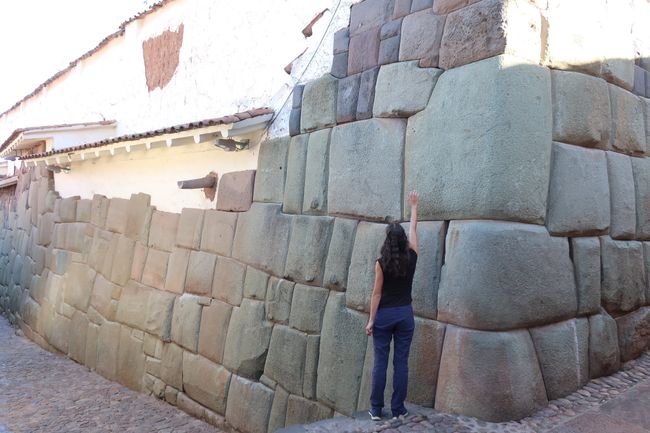
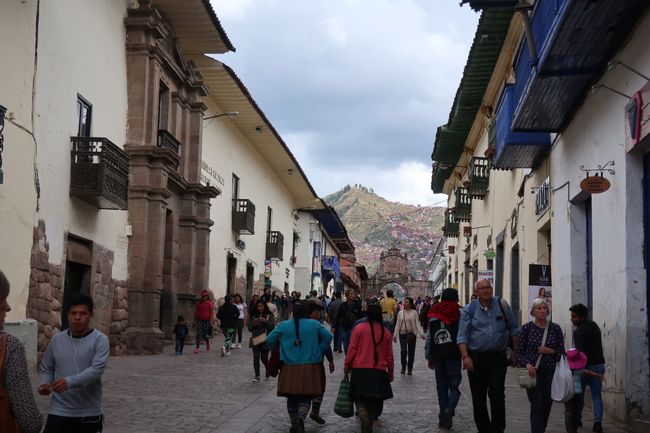
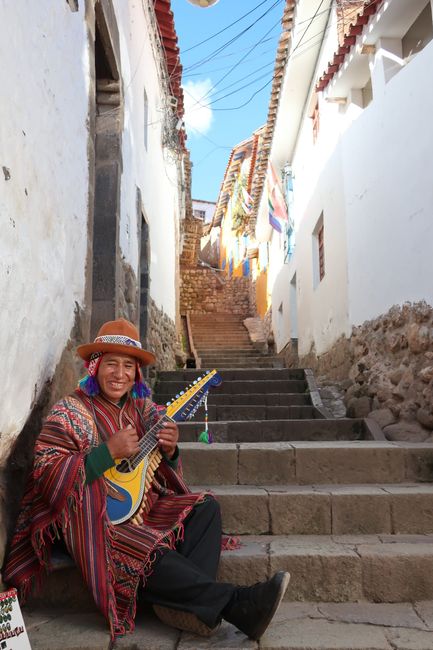
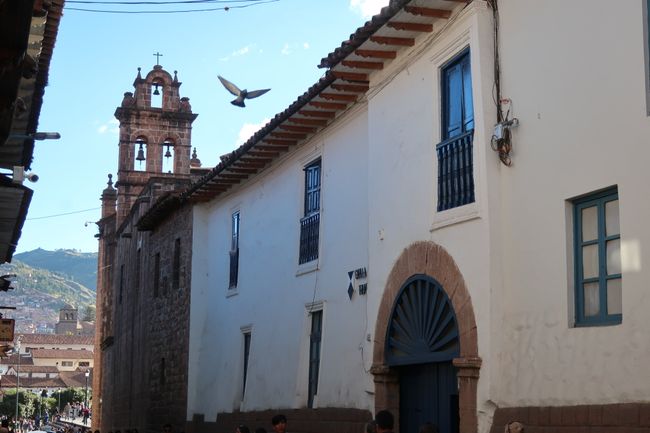
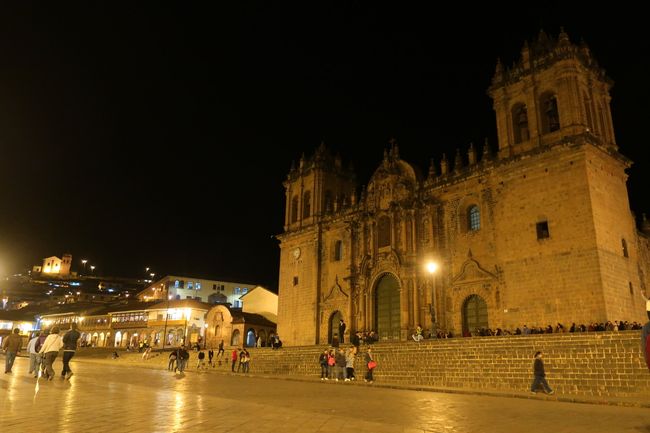
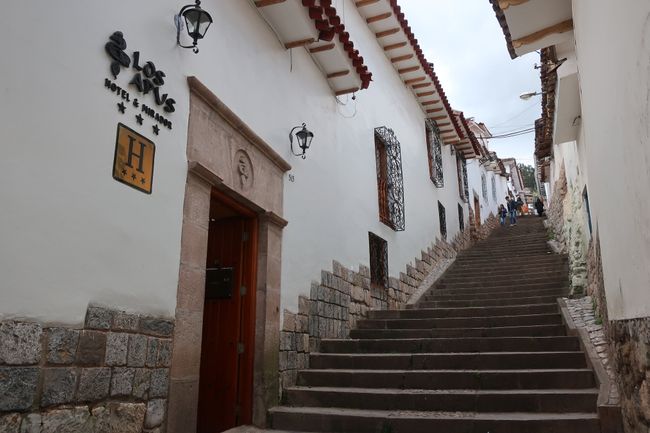
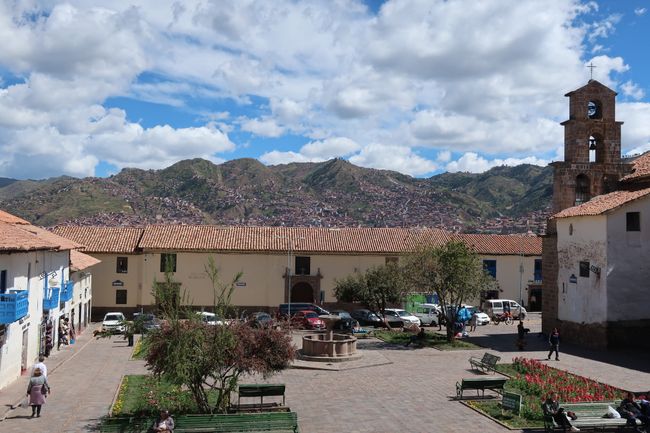
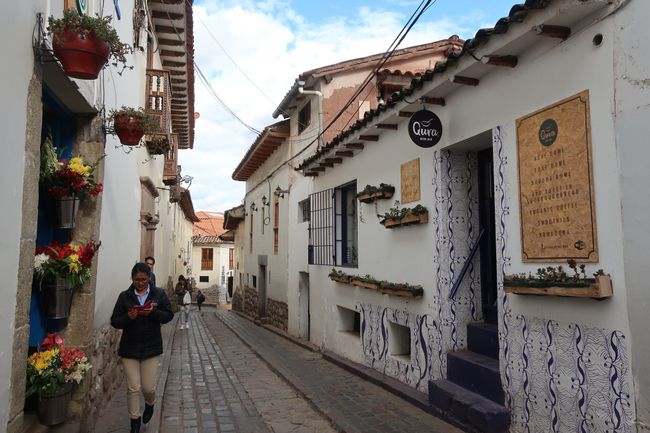
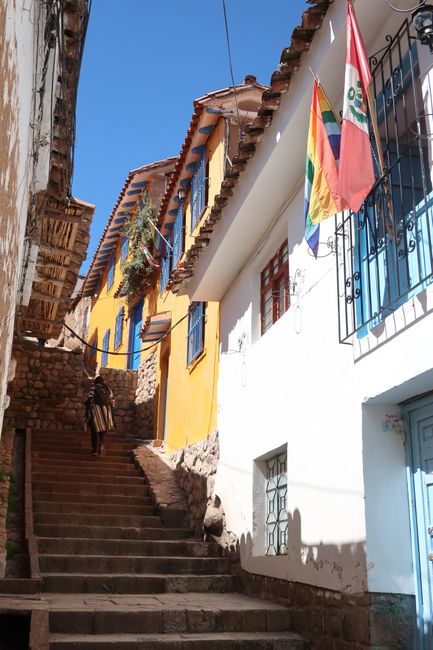
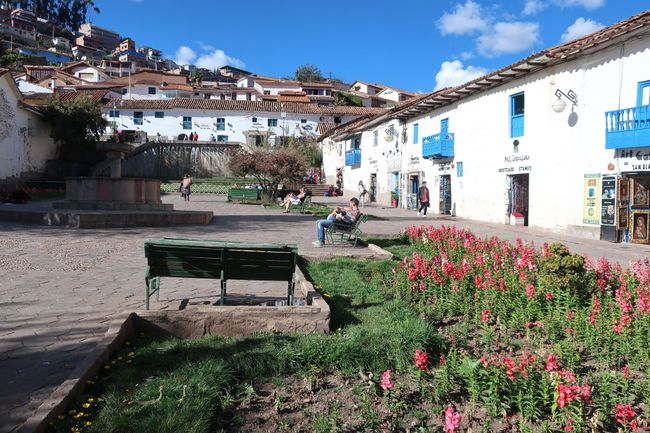
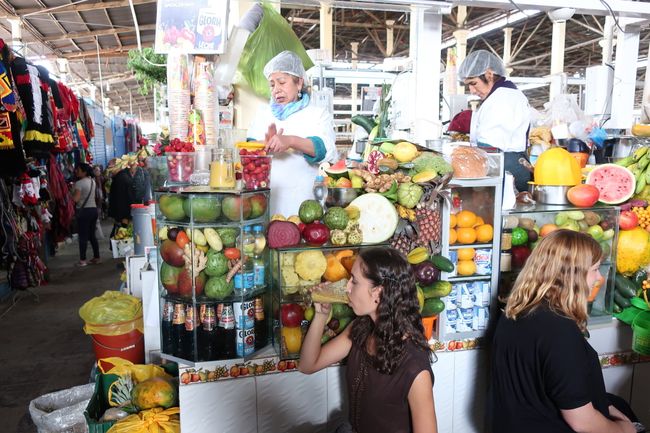
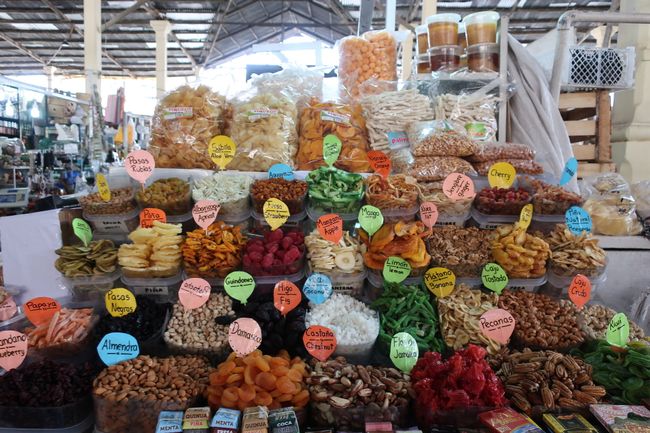
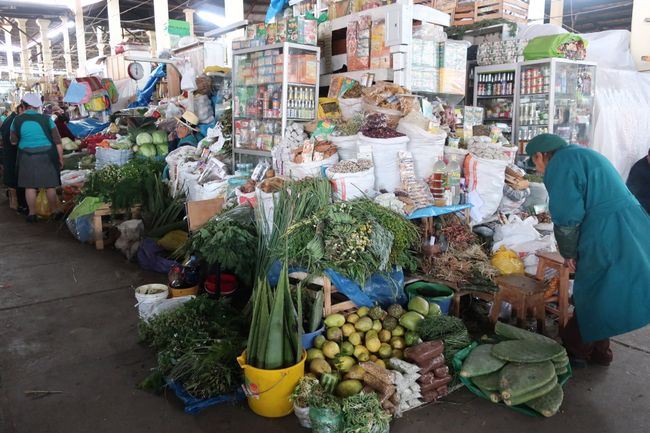
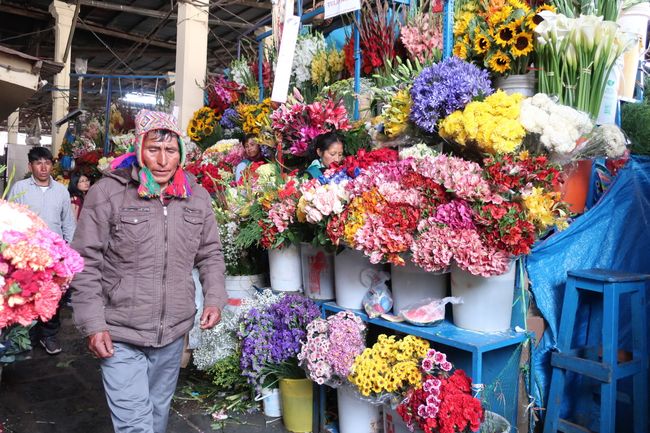
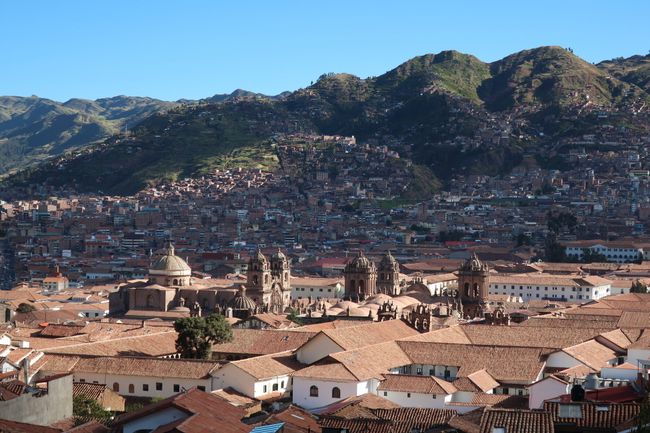
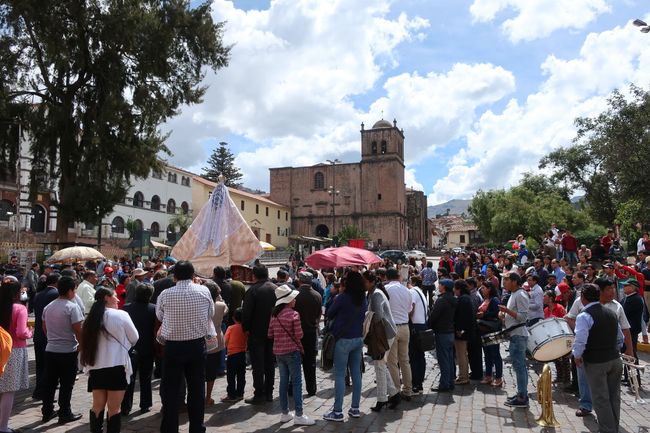
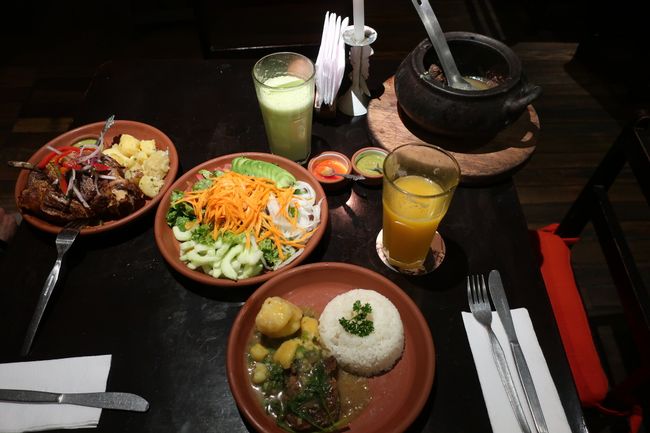
Iscriviti alla Newsletter
Cusco (also Qosqo - means Navel) was not called the Navel of the World for nothing. Here history is lived: Cusco was the capital of the huge Inca Empire, which extended over 300 years (from approximately 1200-1532 when the Spaniards arrived) not only over Peru but also over Chile, Argentina, Bolivia, Ecuador and Colombia. Inka actually only means King and everyone agrees that Pachacútec, the ninth Inka, was the most important as he created this "Empire" as a "world changer". He is also said to have commissioned Machu Picchu in a strategically favorable location as the seat of the nobles in the mild climate. It is also interesting that the city of Cusco was designed in the shape of a Puma, as the Puma, along with the Condor and the Snake, was considered a sacred animal in Andean mythology and symbolizes the present. By the way, the flag of Cusco during the Inca era consisted of the colors of the rainbow, so anyone unfamiliar with this could mistake it for a symbol of the gay scene on every corner.
The city is busy and heavily influenced by tourism (you can get a massage on every corner), as a stop here, of course with a visit to Machu Picchu, is part of the program. Cusco was the starting point for our hikes and so we had three days to acclimatize before the Lares Trek (Cusco is located at 3400m) and then another two days to rest. Therefore, somewhat atypically for us, we explored Cusco without a specific plan: we strolled through the countless shops with alpaca products (yes, we bought two pretty expensive but incredibly soft sweaters made of baby alpaca wool), tasted chocolate from Cusco, and simply combed through the small cafes and shops and tried delicious things here and there.
Cusco's old town with its beautiful colonial style and many colorful wooden balconies is part of the UNESCO World Heritage Site. In some streets, you can still admire the mighty stones of the Inca walls, which were perfectly fitted together without cement or mortar. It is also jokingly said: "the Incas built it, the Spaniards ruined it", as the Spaniards tore down many of the original buildings and temples and stole their gold, but, for example, during a strong earthquake in the 17th century, the remaining Inca buildings remained intact. Our accommodation was in the cozy district of San Blas, which is characterized by many narrow alleys and steep stairs up the hill, and here you can get some practice climbing mountains. However, the effort is rewarded with a special charm and some alternative shops.
One evening I definitely wanted to visit the local planetarium with an observatory, so we booked a two-hour guided tour with stargazing there. In the planetarium dome, after a brief history lesson, we were shown the constellations of the southern hemisphere as well as the somewhat peculiar constellations of the ancient Incas. It was interesting, for example, that in the Milky Way (which reflected the Urubamba River in the Sacred Valley) it was not the bright spots that were seen as images, but the dark ones, and that there is a black Llama here. Unfortunately, by the planned time of our stargazing, it had become very cloudy, so we had to skip this item on the program. Luckily, during our hike, we would still have the pleasure of seeing the Southern Cross.
We can also highly recommend the San Pedro Market. This lively market in a large covered hall shows the real Peru with all its diversity and craziness. Here you can get everything your heart desires and even more. Above all, there are all kinds of curiosities to eat, and at affordable prices of locals. For example, we fell in love with the fruit stands with their delicious freshly prepared juices. We spent at least half an hour with the friendly saleswoman, bombarding her with questions about all the exotic fruits we didn't know. The "streets" were organized according to food categories and other sections. So there was a street with flower vendors, a soup street, one with bread and baked goods, one with potatoes and corn, one with spices, another with vegetables and herbs, but there were also baskets and textiles. Strolling along here meant a special sensory overload. We also especially liked the stands with various dried fruits and nuts, where you can practically put together your own muesli.
In the evenings, we treated ourselves to a delicious meal at the restaurant - in the slightly more upscale "Marcello" with its creative novo-Andean cuisine or a bit more rustic with Peruvian food from the stone oven at "Pachapapa".
Cusco certainly has much more to offer, from numerous high-class museums to ancient ruins in the immediate vicinity. Nevertheless, we believe we have gotten to know Cusco a bit and have experienced a bit of Peruvian city life.Iscriviti alla Newsletter
Risposta (1)
Karin
Den südlichen Sternenhimmel zu erkunden und auch etwas über die Sternbilder der Inka zu erfahren, das hätte mich auch interessiert.